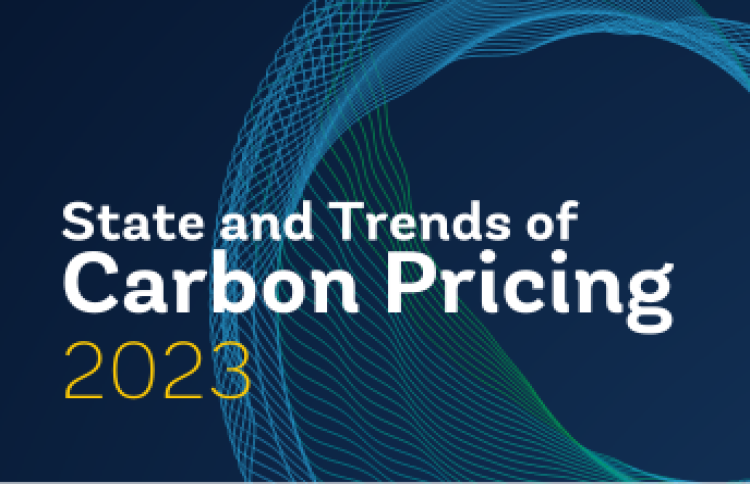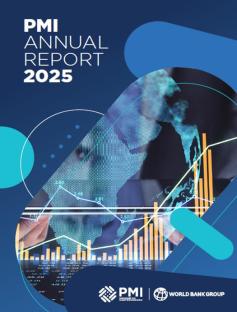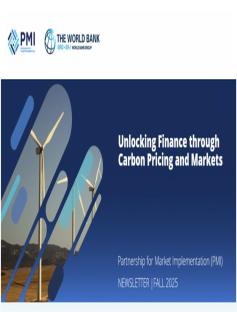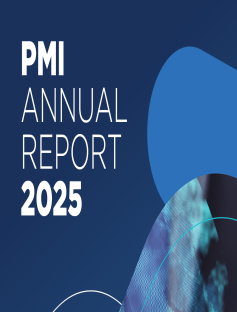Originally published at the World Bank’s blog Development and a Changing Climate: https://blogs.worldbank.org/en/climatechange/state-and-trends-carbon-pricing-2023
Carbon markets and mechanisms have steadily evolved since the first State and Trends report was published 10 years ago. The share of global emissions covered by carbon taxes and emissions trading systems (ETSs) has grown from 7% to around 23%. Jurisdictions continue to introduce new carbon pricing instruments, such as Indonesia’s ETS this year, and cover new emission sources, such as aviation. Government revenues from carbon taxes and ETSs have grown nearly five-fold as policies have evolved and diversified to reflect increased ambition. And voluntary action around carbon markets has proliferated as corporations have become the biggest source of demand for carbon credits.
"Over the decade, State and Trends and the Carbon Pricing Dashboard have provided objective and up-to-date information on direct carbon pricing."
Over the decade, State and Trends and the Carbon Pricing Dashboard have provided objective and up-to-date information on direct carbon pricing. They have guided policymakers, supported academic and analytical work, and informed the private sector and nongovernmental organizations alike.
This year’s report shows that governments are prioritizing direct carbon pricing policies to reduce emissions, even in difficult economic times. The economic turmoil and geopolitical instability of this past year threatened to divert attention from the pressing need to act on climate. Despite these pressures, ETSs and carbon taxes have proven resilient; several jurisdictions either delivered on existing plans for new ETSs or taxes, increased their ambition, or announced further proposals for developing new initiatives in the coming years. Recent developments on Article 6 suggest a pathway for international carbon markets, though more work is needed to build the administrative capacity for countries to engage further.
"This year’s report shows that governments are prioritizing direct carbon pricing policies to reduce emissions, even in difficult economic times."
Governments, the private sector, and others are thinking about carbon markets and pricing in increasingly sophisticated ways. Direct carbon pricing is being viewed through a broader lens, not only as a key mitigation policy, but also as a tool to raise revenue, drive innovation, and help deliver on broader sustainability and development goals. The World Bank’s pioneering new diagnostic, the Country Change and Development Report (CCDR), has emphasized the potential for direct carbon pricing policies to support countries on their development journeys.
There is still a long path ahead even as the need for more progress intensifies. Climate-related natural disasters in 2022 cost lives, caused billions of dollars of damage, and displaced millions, particularly in the developing world. The Intergovernmental Panel on Climate Change’s Sixth Assessment Report laid bare the increasingly dangerous and irreversible risks of failing to act. But the report also offered hope that we can still prevent the worst effects if we act now to transition to a low-carbon future.
"Carbon pricing must continue to grow, both in terms of coverage and price, to drive the transformational change needed to meet the Paris temperature goals."
Introducing a price signal for climate mitigation is critical to driving investment and behavior change to lower emissions. Carbon pricing must continue to grow, both in terms of coverage and price, to drive the transformational change needed to meet the Paris temperature goals. However, governments need to consider trade-offs when deciding which carbon pricing approach to use: ETSs, carbon taxes and carbon crediting, and international carbon markets each have their place. The World Bank is supporting many countries to engage with the full range of carbon pricing policies -- including through the Partnership for Market Implementation (PMI) program providing technical assistance for domestic carbon pricing and operationalizing Article 6 of the Paris Agreement.
State and Trends takes stock of progress and reiterates the World Bank’s commitment to work with governments and stakeholders to put a price on carbon to accelerate climate action.
Download the report: State and Trends of Carbon Pricing 2023




